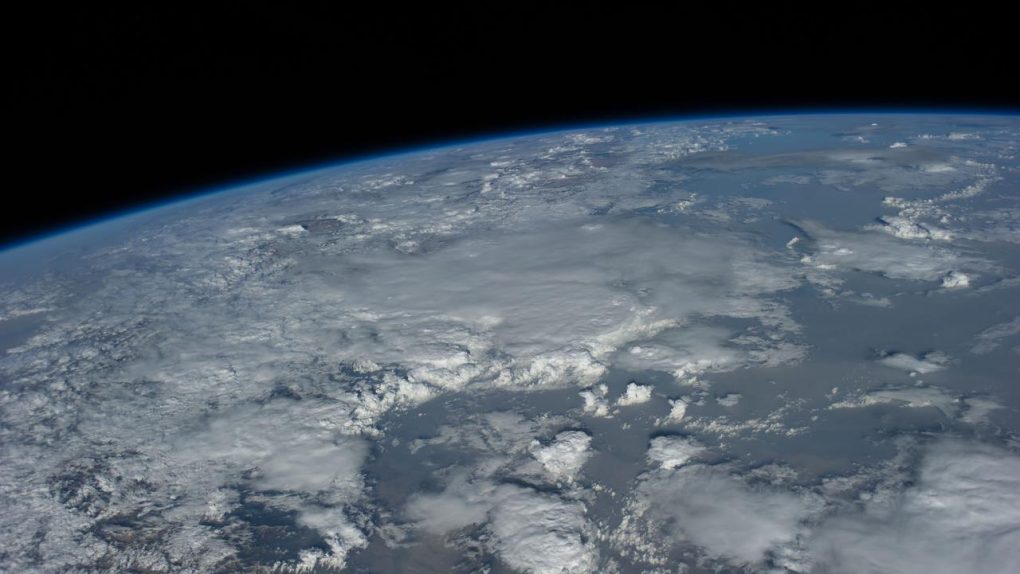Scientists may have found more evidence of how life on Earth came to be. The culprit? Solar wind.
According to a new study, solar wind could be one of the forces responsible for helping provide the water molecules needed to create the Earth’s oceans, rivers, and lakes. The new idea could help us understand more about how life on Earth came to be, as well as whether or not other life might be somewhere out there in the rest of the universe.
How solar wind helped create life on Earth

Luke Daly, a lecturer of Planetary Geoscience at the University of Glasgow published the new study with several co-authors in Nature Astronomy. According to Daly, solar wind played a crucial role in helping deliver enough water molecules to the planet. Previously studies believed that asteroids that struck the planet had brought organic molecules to the planet. Because water-rich asteroids have reportedly slammed into the Earth, scientists saw them as a firm explanation of how our planet became filled with it.
However, Daly says that there is too much water on the Earth to attribute it all to those asteroids. Water-rich asteroids have more heavy hydrogen as part of their composition, especially compared to the water found on the Earth. The remaining asteroids were also too low on water to provide the number of molecules needed to fill the planet.
So, he and his co-authors began looking somewhere else. What was likely to bring enough molecules to the planet to help contribute to the current state of the oceans, rivers, and lakes? The answer had been shining on them the entire time: the sun.
How dust helped create water

According to Daly, the Sun has very low levels of heavy hydrogen called deuterium. The idea, then, was that solar winds helped transport H20 molecules from the Sun into the dust that it picks up. As such, the dust transferred the H20 onto the surface of the asteroids that it impacted, too.
“We can’t put bits of the Sun directly into the Earth because that’d be bad for everybody involved,” Daly told Inverse. “So that’s why the solar wind idea is really nice, because the hydrogen coming from the solar wind comes from the Sun.”
To check the theory, Daly and his co-authors looked at asteroid samples captured by the Japanese Hayabusa mission in 2010. While inspecting them, they found that the asteroids’ “damage layer” shows H20 molecules. These molecules could have only come from solar wind, Daly says.
“The early solar system was an incredibly dusty place,” Daly told Inverse. “There’s tons and tons of tiny dust particles flying around alongside these asteroids, getting impacted by a very young energetic Sun.”
Daly says that the Sun implanted the hydrogen in the dust. In turn, the dust was able to impact it into the asteroids. The Earth then swept up that dust. The Earth then swept up the asteroids, too. Together this produced the reservoir of water that we see today.
While the study is a push forward for the origins of life on Earth, it’s bigger than just that. It could also inform scientists’ perspectives on the possibility of life on other planets.








